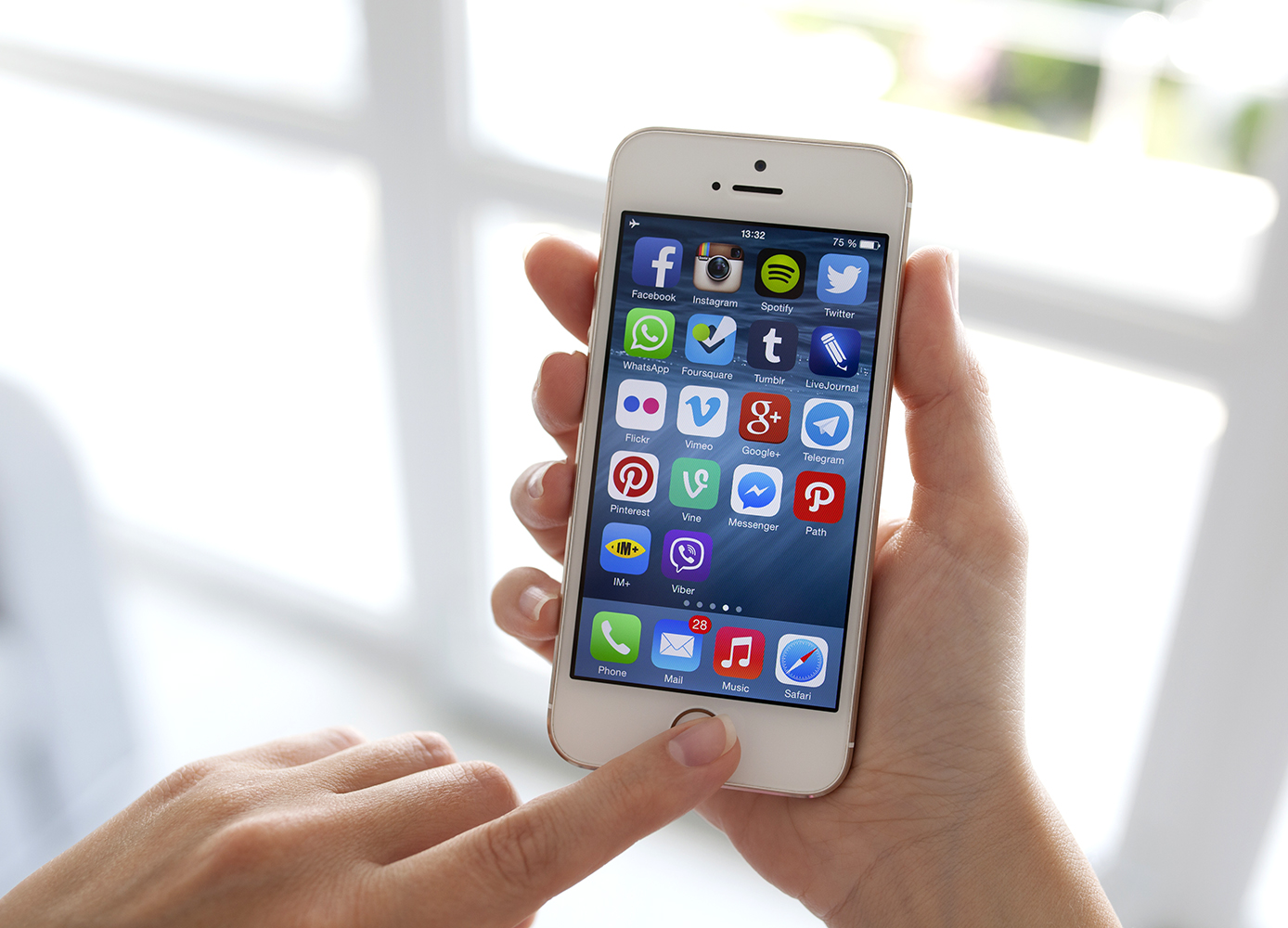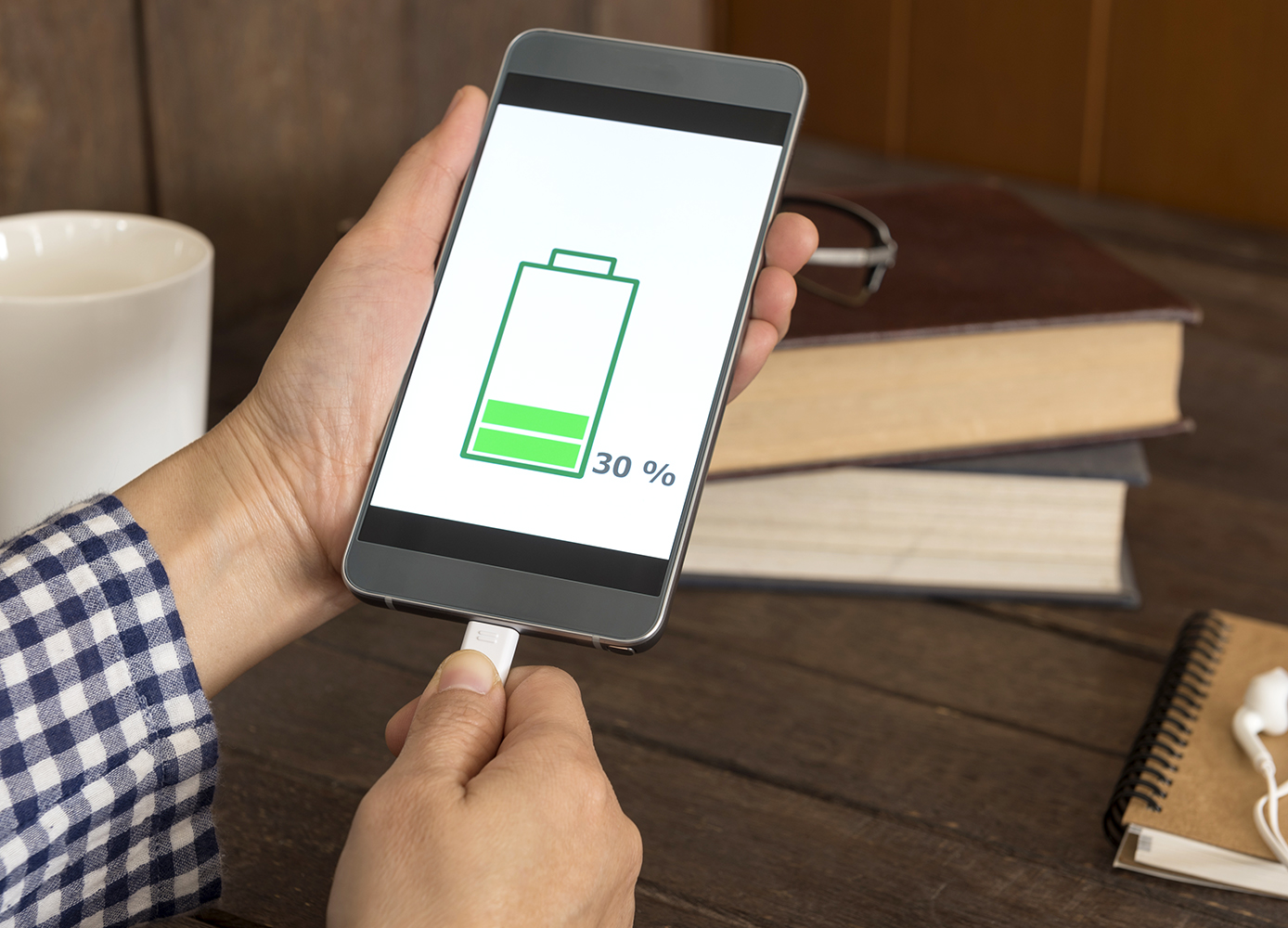Clearing out unused apps, downloads, and other data can get your phone or tablet back up to speed
By Matt Smith
Just like with your home computer, your cellphone or tablet can quickly become cluttered with extra files that take up valuable space and slow performance. Periodically sorting through your phone’s files will go a long way towards keeping it up to speed. Both Android and iPhone users can benefit from the same tips and techniques, though the steps vary slightly.
Taking Inventory
To find out what may be slowing down your phone, you can view a breakdown of all your apps and files in your phone settings. iPhone users can access this through Settings > General > iPhone Storage, which will lead you to a graph showing the different types of files on your phone and how much space they all take up. Android users can find this information through Settings > Storage > Internal Storage.
Uninstalling Apps
You can remove any unused apps through the Settings menus mentioned above. Both iPhone and Android devices will tell you the last time you used each app, and it’s a good idea to clear out anything that you haven’t opened in months. On both operating systems, you simply need to touch the name of the app and then, on Android, select Uninstall to remove it; on an iPhone, you can select Delete App or Offload App—the latter option frees up space but leaves any files intact, and you can reinstall the app at any time, provided the app is still available to users.
Clearing the Cache
Apps keep a “cache” of temporary files—such as web data—saved on your device. While the idea behind this is to speed up loading times, the number and size of these files can quickly get out of hand and end up slowing down your system. You’ll want to clear this periodically (especially after deleting apps).
Android users can clear the cache for individual apps from the Settings menu, as well. From there, select Apps > Storage > Clear cache. You can also clear this for all apps at once through Settings > Storage > Cached data.
iPhone users will likely find that the web browser Safari takes up the most space in terms of cached data. You can clear this by going to Settings > Safari > Clear History and Website Data. You can empty the cache for other apps by going to Settings > General > iPhone Storage, selecting each app by name and then selecting Reset cache on next launch in the resulting menu. You’ll need to restart your device for this to take effect.
Managing Other Files
You’re also likely to find numerous other files forgotten in your Downloads folder. Delete anything that you no longer need and archive anything else. Apple users get free online storage through their iCloud accounts, and Google Accounts offers this, as well. You can follow these steps to automatically move files to your Google Account, or these to automatically transfer files to iCloud. In addition, many Android users can expand their device’s storage capacity with an SD card.
Photo: iStock/Prykhodov.






